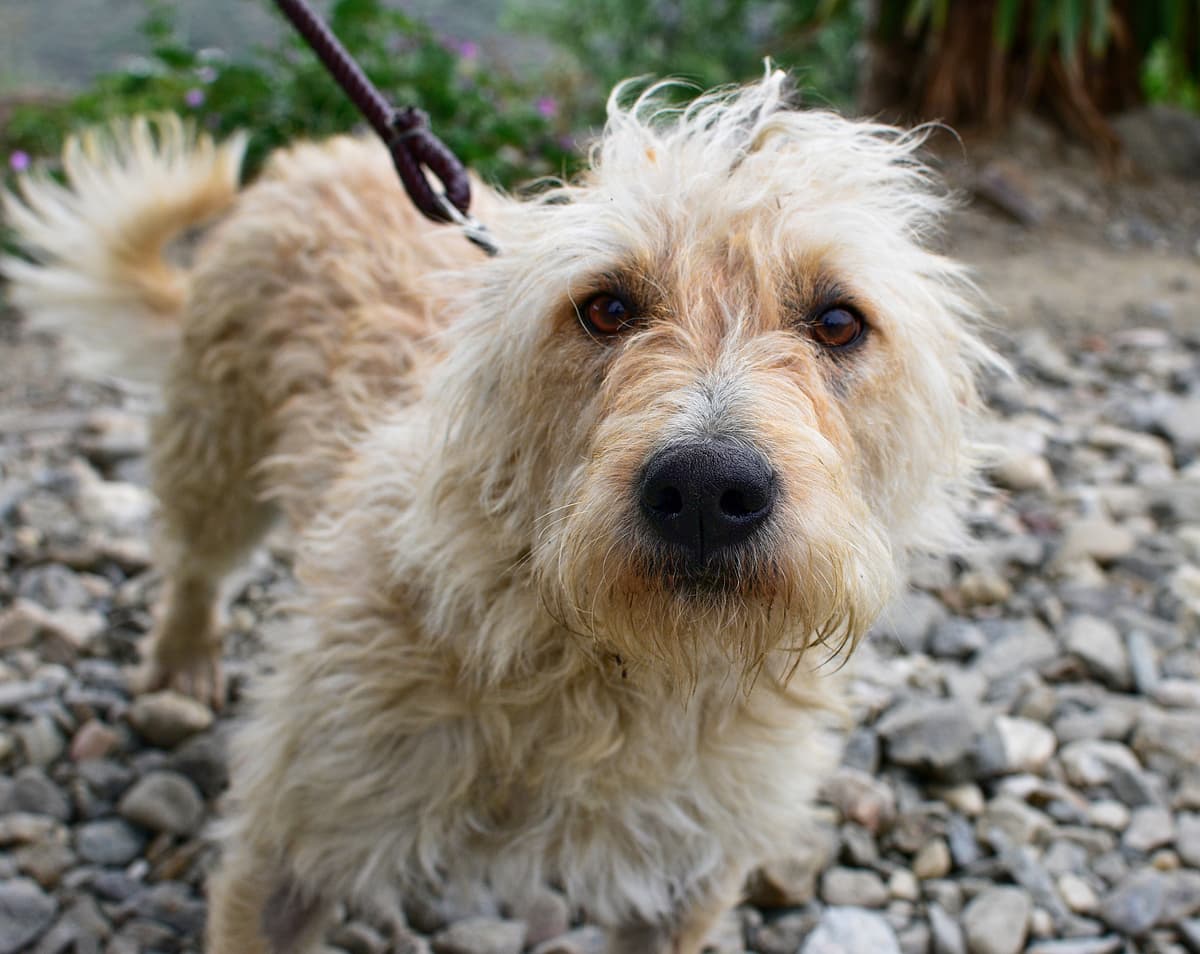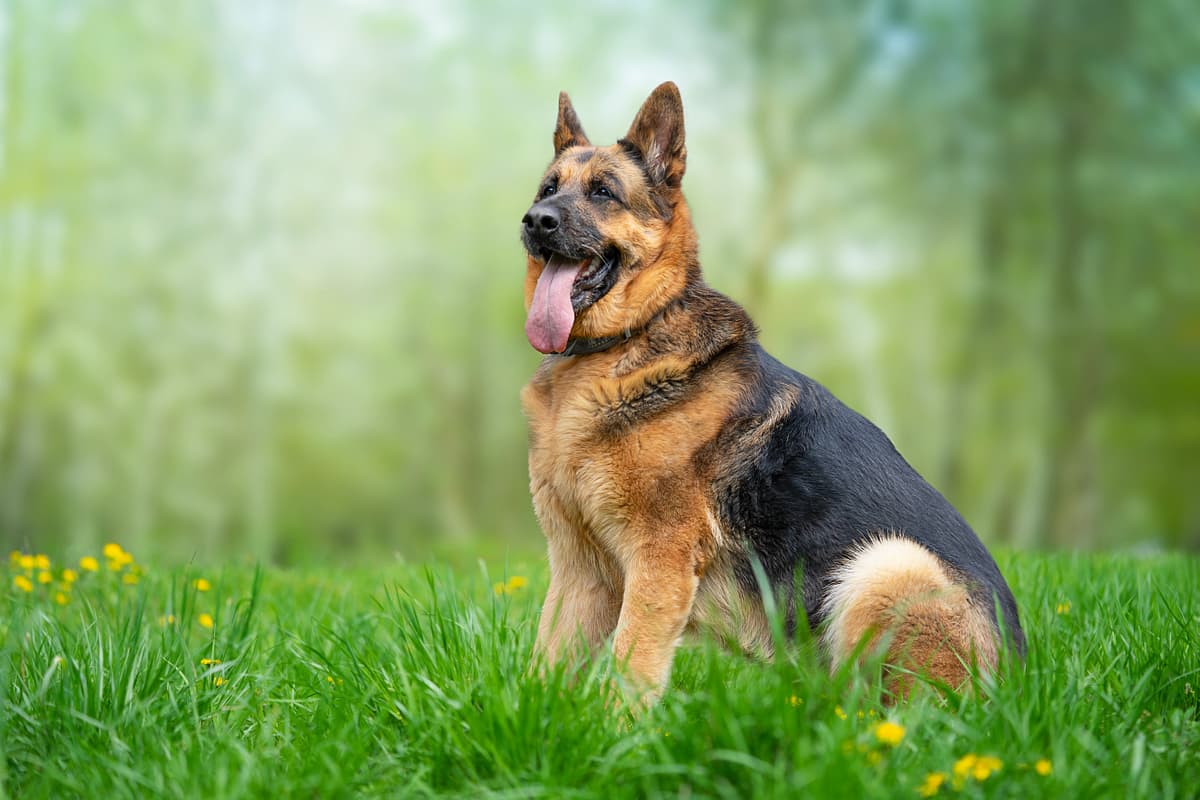Otterhound vs German Shepherd
Discover the differences between Otterhound and German Shepherd to make the best choice for your situation.
Try different breeds

Otterhound
A playful, affectionate companion with a keen nose and a love for adventure. Famous for a shaggy coat and friendly, easygoing personality.

German Shepherd
Confident, loyal, and highly intelligent, this breed thrives as both a devoted family companion and a reliable working partner. Always alert and eager to learn, it adapts to many roles with ease.
Quick comparison
Large
34–52 kg
Harsh outer coat, dense undercoat
10–13 years
29–41 kg
High energy
Large
30–40 kg
Double coat, dense undercoat
9–13 years
22–32 kg
High energy
Personality & behavior
Compare the personality traits and behavioral characteristics of both breeds.
Otterhound
Outgoing with people and other dogs
Learns at a moderate, steady pace
Requires daily activity and exercise
Enjoys games and interactive play
Adjusts with some difficulty to changes
German Shepherd
Warm with family, reserved with strangers
Quick learner, highly trainable and alert
Needs regular activity and vigorous exercise
Enjoys games, interactive and engaging
Adjusts well to new situations and environments
Care needs
Exercise, grooming, and daily care requirements
Otterhound
Hip dysplasia, epilepsy
German Shepherd
Hip dysplasia, elbow dysplasia
Suitability
How well each breed fits different living situations and families
Otterhound
Challenging for beginners
Their independent nature and training needs may overwhelm new owners
Not apartment friendly
Large size and high energy require more space than apartments provide
Excellent fit
High stamina and love of activity suit energetic, outdoorsy households
Generally suitable
Gentle and patient but may be rambunctious around small children
Usually compatible
Sociable nature but prey drive may need management with smaller pets
Not recommended
They can develop anxiety or destructive behaviors if left alone too long
German Shepherd
Challenging for beginners
Needs experienced, consistent training and socialization
Not ideal
Needs space and frequent exercise to prevent boredom
Perfect fit
Thrives with active owners who can provide daily physical and mental challenges
Highly suitable
Loyal and protective, can be gentle and patient with proper socialization
Usually compatible
Can get along with other pets if raised together and well socialized
Prone to anxiety
Dislikes being left alone for long periods and may develop behavioral issues
Breed strengths
What each breed excels at and their best qualities
Otterhound
- Friendly with children and other dogs
- Excellent scent-tracking abilities
- Adaptable to various environments
- Generally good-natured and affectionate
- Strong swimming and outdoor skills
German Shepherd
- Highly intelligent and quick to learn tasks
- Strong loyalty to family members
- Excellent working and service dog abilities
- Protective instincts make them good guardians
- Adaptable to various training activities
Challenges & considerations
Potential challenges and considerations for each breed
Otterhound
- Prone to ear infections due to ear shape
- Requires frequent grooming and coat care
- Can be stubborn during training
- Needs high levels of daily exercise
- May bark or bay loudly and often
German Shepherd
- Prone to hip and elbow dysplasia
- High exercise needs require daily activity
- Can develop separation anxiety if left alone
- May be wary of strangers without socialization
- Heavy seasonal shedding requires frequent grooming
Ready to choose your perfect breed?
Learn more about each breed or compare other breeds to find the perfect match for your lifestyle.
Discover more helpful tools
Make use of our other free tools to get the most out of your pet experience
